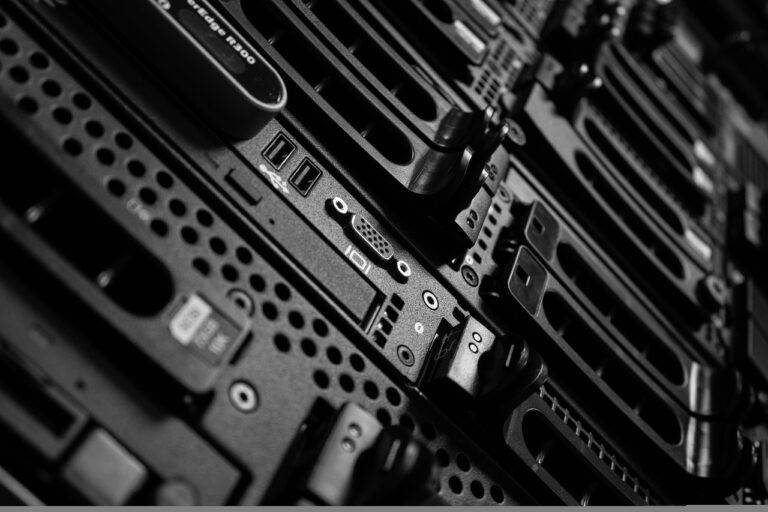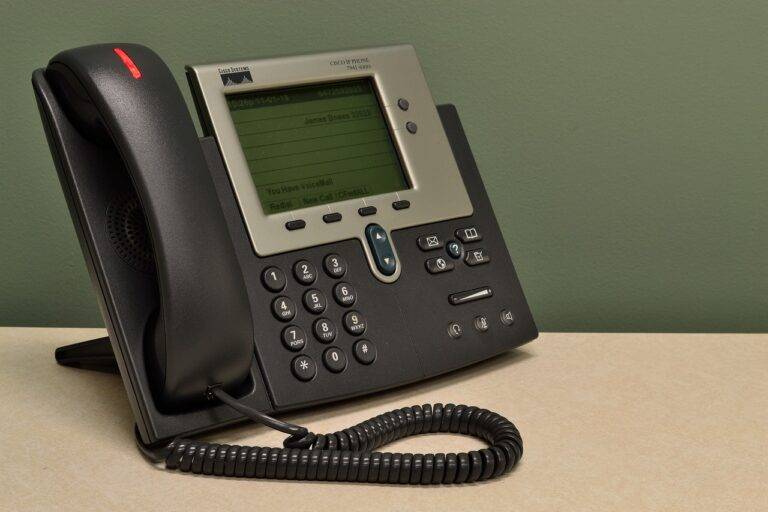The Impact of 5G on Remote Surgery
Telemedicine has experienced significant growth and evolution over the years, revolutionizing the way healthcare services are delivered. The integration of technology into the healthcare industry has immensely expanded access to medical care, allowing patients to consult with healthcare providers remotely. This transformation in healthcare delivery has particularly benefited individuals in rural or underserved areas who previously faced challenges in accessing timely medical assistance.
In addition to providing convenience and access, telemedicine has also proven to be instrumental in reducing healthcare costs for both patients and healthcare facilities. By enabling virtual consultations and remote monitoring, unnecessary hospital visits and admissions are minimized, resulting in cost savings for patients and healthcare providers alike. The evolution of telemedicine continues to break down barriers to healthcare access and improve patient outcomes, setting a new standard in the delivery of medical services.
Advancements in Remote Surgical Techniques
Today, remote surgical techniques have advanced significantly, opening up new possibilities for patients and healthcare providers worldwide. Surgeons can now perform intricate procedures from a distance with the help of robotic systems and specialized tools. These innovations have not only improved the accessibility of surgeries but also enhanced precision and minimized the risk of complications.
Furthermore, teleoperated surgical robots have revolutionized the field by allowing surgeons to operate with greater dexterity and control. Through a combination of advanced imaging techniques and real-time data transmission, these robots enable surgeons to perform complex procedures with utmost accuracy. This level of precision has paved the way for safer surgeries and better outcomes for patients, marking a significant milestone in the evolution of remote surgical techniques.
Enhanced Connectivity with 5G Technology
The introduction of 5G technology has significantly enhanced connectivity in the realm of telemedicine. With its lightning-fast speeds and low latency, 5G has revolutionized the way healthcare professionals can interact with their patients remotely. This advanced technology allows for seamless real-time communication, high-quality video consultations, and the transfer of large medical files without any interruptions.
Moreover, the reliability and stability of 5G have opened doors for innovative telehealth solutions, particularly in remote areas where access to healthcare services is limited. Patients can now receive medical advice, monitoring, and even diagnoses from experts located miles away, all thanks to the robust connectivity provided by 5G technology. As more healthcare providers embrace this cutting-edge innovation, the future of telemedicine looks promising with improved patient outcomes and increased accessibility to medical care.





